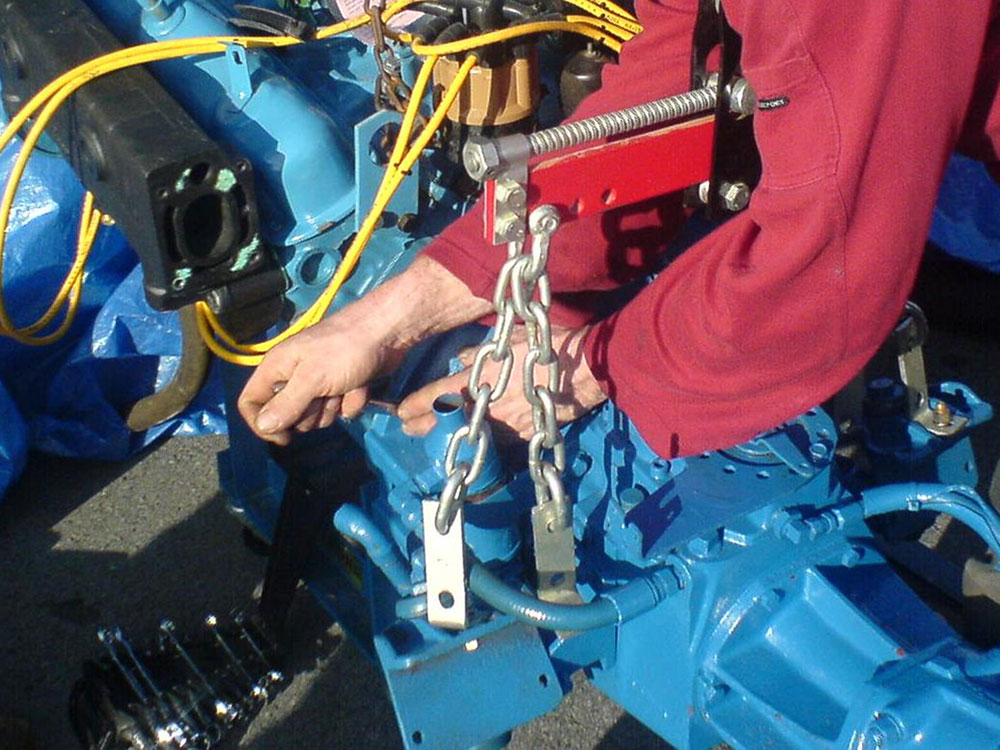The weather is just right, it’s the start of the season, everyone is keen to get out on the water and then once you’ve loaded up your tender you find out the outboard won’t start. Time to get out the oars and rowlocks or do you give up and go home? Outboard Engine Care is just another area where a bit of planning makes all the difference.
Outboard Engine Care are fairly simple and even if you’re not a mechanic some day to day maintenance can go a long way to keeping your outboard engine in a reliable condition.
At the end of each trip or vacation:
- Flush (clean) out the engine:
- Outboard Engines with a flushing port:
- Remove the cap from the flushing port and attach your garden hose (if the boat is in the water tilt the engine up so the saltwater drains out.
- Turn on the water and let it run for at least 5 minutes. Do not start the engine.
- Remove the hose and put the cap on.
- Outboard Engines without a flushing port:
- Attach a pair of earmuffs to the hose and slide over the water outflow.
- Turn on the water, start the engine and let the engine run for 5 minutes. Make sure water is coming out of the outflow tube.
- Turn the engine off, turn off the water and remove the earmuffs from the hose.
- Outboard Engines with a flushing port:
- Whilst flushing the engine have a look at the water pump. You want to see it has a strong flow of water. If there is a weak flow of water then check to see if there is anything stuck in the outflow tube. Turn the engine off and then use a loop of wire to go round the outflow tube to clear anything. If you start the engine again and find the water flow is still weak then you may need a new water pump. Whilst the engine is running also check the heat of the water; the water should be warm but not hot. If the water is hot then the engine needs to be looked at by an experienced mechanic.
- Burn off all the dirty fuel in the carburettor. Disconnect the fuel line and then allow the engine to run for a few minutes.
- Check for leaks. Once you have flushed the engine and run the engine out of fuel disconnect the battery, take the engine cowling off and check for fuel or water leaks. If there are any leaks it probably time to call in a mechanic.
- Protect the engine. Whilst you have the cowling off wipe the engine with water and then spray with an anti-corrosive (e.g. WD40).
- Cover up. Once work is completed put the cowling back on and keep a canvas or plastic cover on the engine.
Other areas to maintain:
It’s always a good to look over your outboard for anything that looks unusual and may require attention. Typical areas where outboards need maintenance are:
- The fuel line. Any cracks or worn areas?
- The fuel primer bulb. Any cracks, soft and pliable to use?
- Fuel tanks. Any damage or corrosion?
- Tank vent. Vent is clear and not damaged?
At Nanaimo Boatyard we provide routine servicing, repairs and installations. We work with all types of recreational engines using original manufacturer parts. Contact us via our website, or pop in and see us.
News and Updated
Twitter : https://twitter.com/NYS_StonesBYard
Pinterest : https://www.pinterest.com/nanaimoboatyard/
Facebook : https://www.facebook.com/StonesboatyardLtd/



















